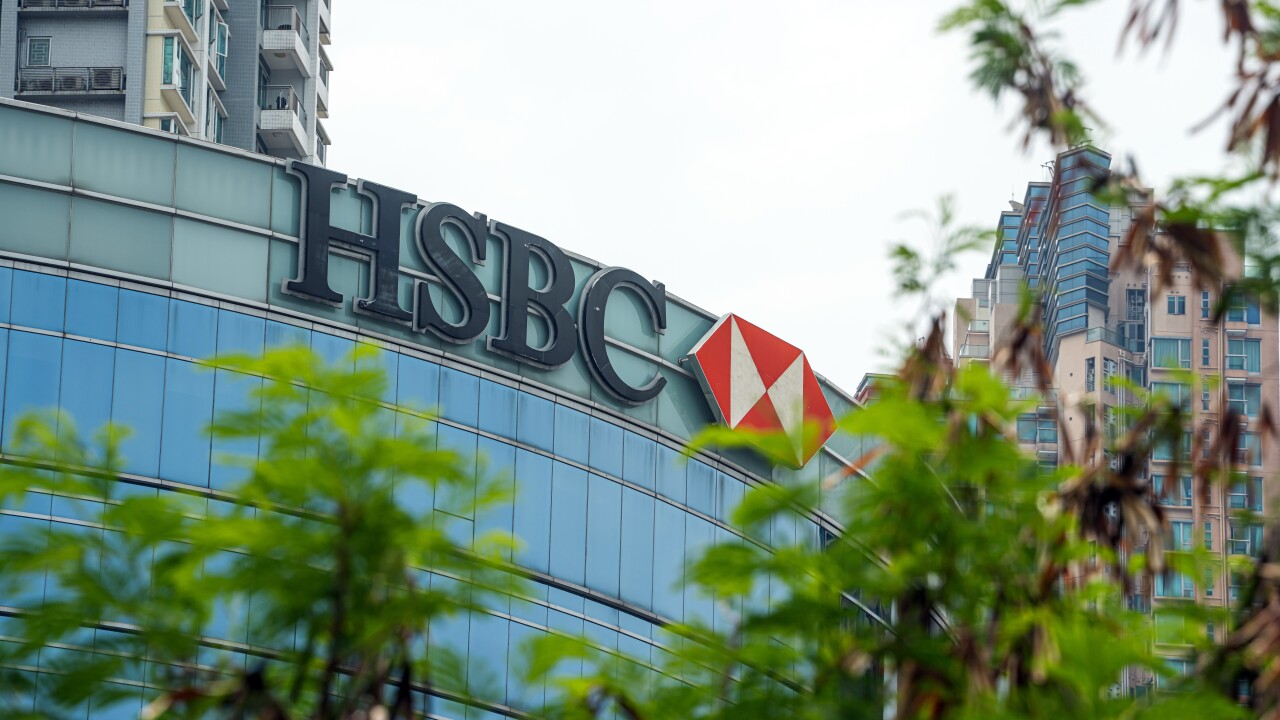-
In a new detailed report, the Federal Reserve laid out four options for upgrading the creaky U.S. payment system. The study raised questions about how far the Fed can, and should, go to bring about change.
January 26 -
The payments company and big-bank trade group plans to create a ubiquitous, real-time payment system over the coming years, supplementing the push for same-day settlement of ACH transactions.
October 22 -
Two small U.S. banks will begin offering an alternative remittance option. The development may signal a new era of competition in foreign exchange, but some critics see danger.
September 24 -
The Fed appears to have looked at Bitcoin as a means for real-time payments in the banking system but shelved the concept for now.
January 26 -
The Fed's hotly-anticipated road map outlining plans to speed up the U.S. payment system will call for the creation of several industry-led task forces and recommend building a new infrastructure to facilitate real-time payments.
October 23
The release of the Federal Reserve's
The Fed is aware of the security advantages that come with technology that grants anonymity to payers and payees, Federal Reserve Bank of Kansas City head Esther George said in response to a question from an employee of an alternative-payments company.
"Data breaches and identity theft issues we know those are the ones that have the potential to unsettle the public and raise a lot of questions about the [payment] systems they use," George said during the webcast. "As we listen to industry comments, there's been a fair amount of support for solutions that would mask identities," thereby protecting sensitive information from falling into hackers' hands.
As the Fed prepares a task force dedicated to improving payments security, "those will be the kind of things we'll want to coalesce around," George said.
The webcast also lent further credence to speculation that the
George said that the Fed was interested in studying the technology powering virtual currencies in order to understand "how technology brings about innovation" and "what capabilities exist."
Federal Reserve Gov. Jerome Powell agreed. "There may be technological innovations within digital currencies that themselves become important for the broader payments system, as opposed to the currencies themselves," he said.
Powell acknowledged that digital currencies can facilitate speedier transactions at lower costs, but noted the risk that anonymous currencies operating outside regulators' purview could attract money laundering and other criminal activity.
"For the latter reason, we've concluded virtual currencies are not at a mature enough stage to be considered as part of our initiative for faster payments for the broader economy," Powell said. "Levels of adoption are not that high and not growing that fast."
However, Powell said that the Fed would continue to keep an eye on the "nascent" industry.
The webcast also offered industry players a chance to lob the Fed a few awkward questions. In what the Federal Reserve Bank of St. Louis's chief operating officer, David Sapenaro, described as a "high-and-tight fastball," an editor at a trade publication implicitly criticized the central bank for the slow place of its efforts to revamp payments in the U.S.
"That's a fair observation in terms of gauging where the U.S. is relative to some other countries and what we heard as we worked with participants in the industry," George said.
George suggested that while the Fed understands the urgent need to speed up payments, it will prioritize consensus-building over a breakneck pace.
"In an economy the size of the U.S. and given the multiplicity of players, it's important to approach this to try to get as much consensus as possible and assure that we've taken into account a broad range of interests," she said. "That may take more time to build that consensus, but it will serve us well in the long run."
Another questioner asked the Fed to address the fear that it could wind up "creating a two-tier payments system" that is, pitting large banks against small ones "by relying on the private sector alone to develop a faster payments system." Some community bankers have
George appeared to strike a conciliatory tone. The Fed's goal is to encourage a system that is "broadly accessible and has some degree of universal capability," she said. "As we go forward, we have to collaborate in a way that takes into account a broad range of interests."





